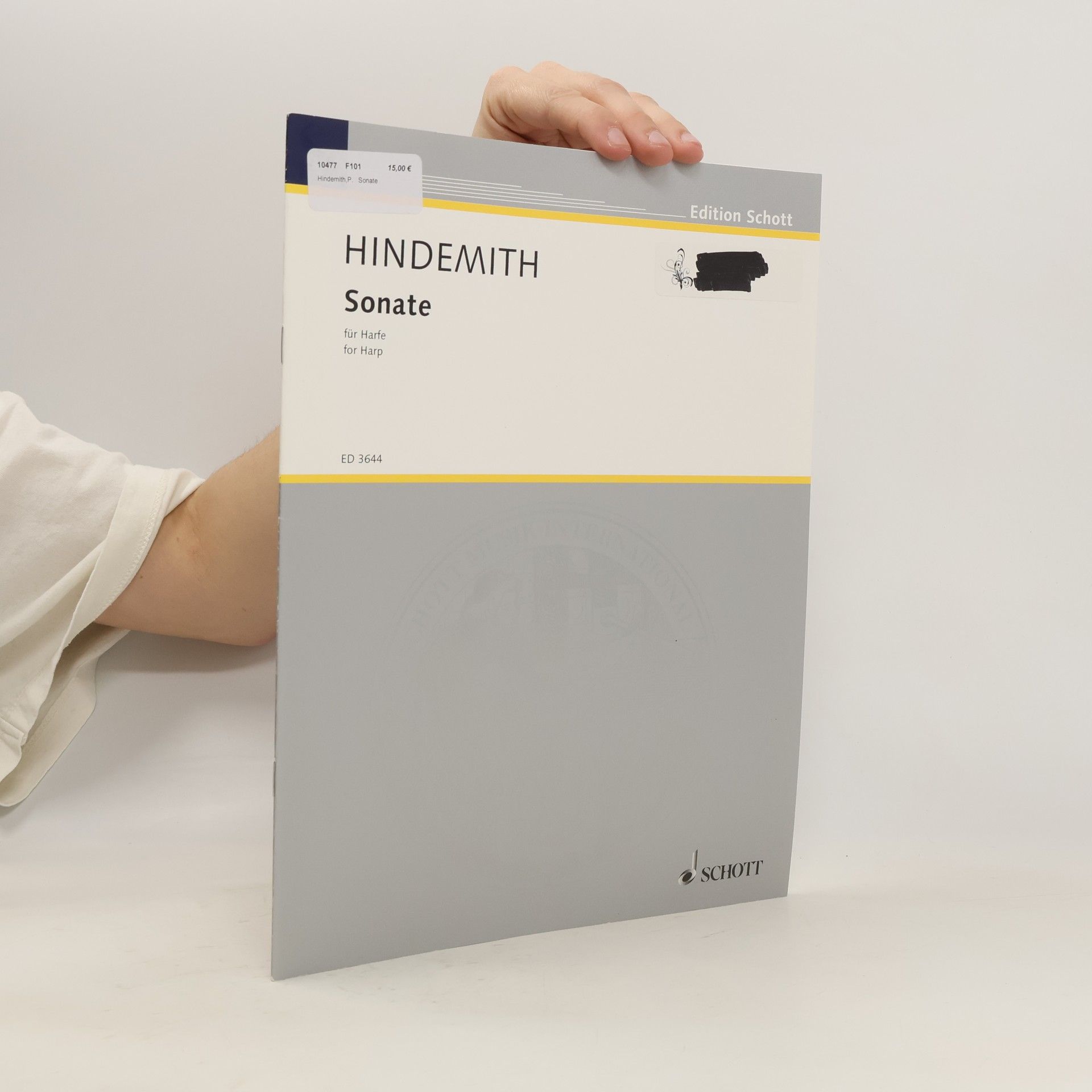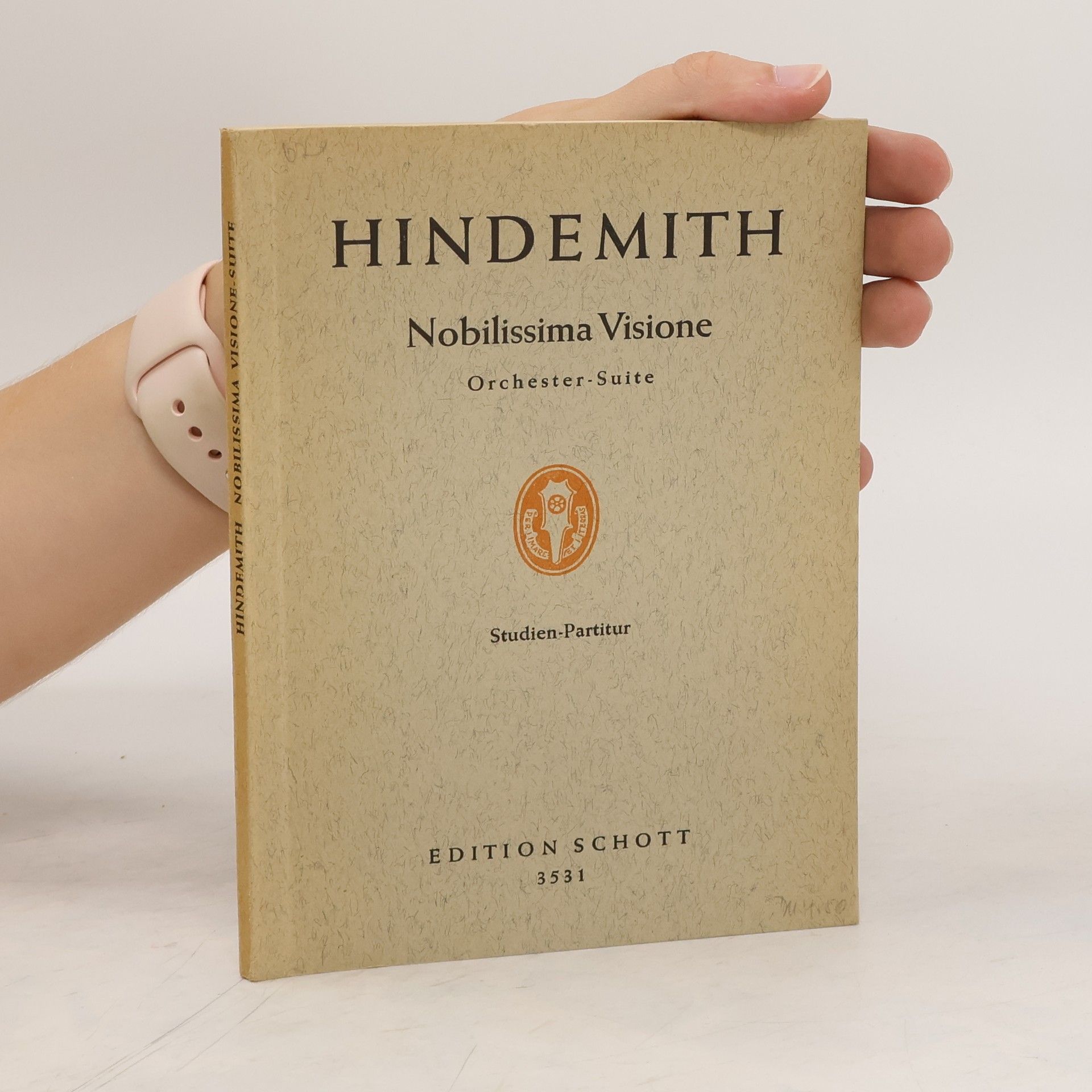Paul Hindemith Libri
Compositore e direttore d'orchestra tedesco, emerse come un importante sostenitore dello stile della Nuova Oggettività negli anni '20. Il suo lavoro è caratterizzato da un'intricata polifonia e da tendenze neoclassiche, che spesso privilegiano la chiarezza melodica e la franchezza armonica. La produzione del compositore spazia da opere sinfoniche, a opere liriche, a cicli di canzoni, molte delle quali rimangono celebrate per la loro maestria artigianale e la loro risonanza emotiva. La sua filosofia compositiva mirava a creare un ponte tra l'espressione artistica e l'utilità pratica e la rilevanza sociale.






A composer's world
- 221pagine
- 8 ore di lettura
The Book aims to be a guide through the little universe which is the working place of the man who writes music. As such it talks predominantly to the layman, although the expert composer may also find some stimulation in it... From the center of basic theory our discussion will spread out into all the realms of experience which border the technical aspect on composing, such as aesthetics, sociology, philosphy and so on... We must be grateful that with our art we have been placed halfway between science and religion, enjoying equally the advantages of exactitude in thinking... and of the unlimeted world of faith. Paul Hindemith, from the preface
Originally published in the 1940s, Paul Hindemith's remakable textbooks are still the outstanding works of their kind. In contrast to many musical textbooks written by academic musicians, these were produced by a man who could play every instrument of the
Paul Hindemith had a diverse career as a renowned composer, performer, festival organizer, teacher, lecturer, and writer. Born in Germany in 1895, he was a prominent figure in the musical avant-garde, but his works were later banned by the Nazis as "decadent art." In 1938, he voluntarily exiled to Switzerland, and in 1940, he migrated to the United States, where he became a citizen. His return to Europe post-war, prompted by calls to help rebuild its musical landscape, led to significant emotional struggles. This collection of letters spans his entire career, from World War I until shortly before his death in 1963. Translated and edited by a leading authority, these letters—some in English—show Hindemith as an observant and engaging correspondent with a strong interest in contemporary culture and politics. This first selection in English addresses personal and professional matters, directed to his wife, publishers, and friends in Europe and America. He interacted with notable figures, including composers Stravinsky and Milhaud, conductors Mengelberg, Furtwängler, Koussevitzky, and Klemperer, and choreographers Massine and Balanchine. Published to mark the centenary of Hindemith's birth, these letters enrich our understanding of his life and times.
Sonate for Wind Quintet (from Clarinet and Piano) Score and Parts
- 96pagine
- 4 ore di lettura
The arrangement of Hindemith's sonata for clarinet in Bb and piano transforms the piece for a wind quintet, as he originally composed only one work for this ensemble. Paul Leonard Schaffer adapts the sonata, preserving the clarinet's solo part while distributing the piano accompaniment among the other wind instruments. This innovative adaptation allows for a broader performance context, making Hindemith's music accessible to a wider range of instrumentalists.
